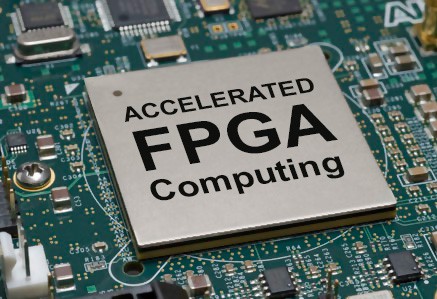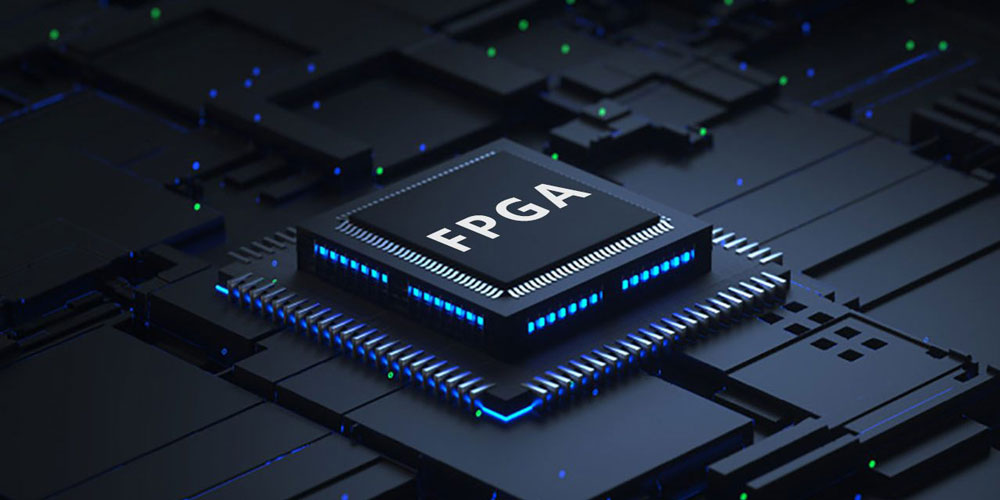How much do you know about fpga design engineer?
Introduction
Circuitry can be a complex field. The circuit must be completely redone because even the smallest error can drastically alter the project's outcome. One of the numerous individuals involved in circuit building is the FPGA design engineer. An electrical engineer with a focus on designing Field Programmable Gate Array integrated circuits is known as an FPGA engineer. After reading this site, you will be fully informed about FPGA design engineers.
Table of Content
WHAT IS A FPGA ENGINEER?
A unique position exists for Field Programmable Gate Arrays (FPGAs) among the vast family of integrated circuits. They are under the category of digital integrated circuits, and their programmable and even reprogrammable logic is their best feature. This enables you to develop your components for particular applications or to prototype a component by iterating everything on FPGA as part of the creation of an ASIC (Application-Specific Integrated Circuit).
Thus, an electrical engineer with a focus on FPGA design is known as a FGPA engineer.
How to Become an FPGA Design Engineer?
A master's degree in a related discipline and several years of expertise with related systems and software are the main requirements for employment as an FPGA engineer. Certain FPGA design engineers possess a PhD in electrical engineering or computer science. Given that certain employers favor an advanced degree, you ought to think about pursuing more education. Although most programming and engineering professions only demand a bachelor's degree, certain employers will consider individuals with less education. Seek out industry licenses or certifications to hone your talents if you wish to specialize in this field for your career.
What is the responsibility of an FPGA design Engineer?
Codes and Creates Circuits
Writing codes in the Very High-Speed Integrated Circuit (VHSIC) hardware description language is one of the primary duties of an FPGA design engineer. The FPGA design engineer is in responsible of physically creating the RTL and VHDL coding methods in addition to coding the systems. Most of the circuit creation is done by the FPGA design engineer, who also creates models based on the circuit's architecture.
Tests Circuits
The FPGA design engineer must test the circuit after it is finished to ensure that it is correct and safe. The engineer will frequently simulate the code in a virtual environment that is applied to various circumstances. Using test results, the FPGA design engineer looks for methods to make the circuit more reliable, efficient, and secure. Extensive testing of the circuits and systems is required to design efficient circuits that meet end-user objectives without posing a risk to safety or security.
Collaborates with Engineers
Generally speaking, FPGA developers collaborate with other engineers on teams as well as alone. An FPGA design engineer may write the code for a system or design a circuit on their own, but to produce a finished product that works well, they collaborate with software, DSP, and ASIC designers. An FPGA design engineer must possess at least a rudimentary awareness of various circuit disciplines, as each engineer has their area of specialization. An FPGA needs to communicate with the other engineers and team members, as well as those from different departments, to be effective. The FPGA design engineer may occasionally be required to assist other engineers with their respective project components. The FPGA design engineer often takes the lead in teamwork and communication. By collaborating, the engineers may conduct tests across multiple domains and develop a more integrated solution.
Keeps Notes and Records
Any engineering job involves a lot of record-keeping, but FPGA design engineers are more so. Every stage of the development and testing procedure is recorded for future use and to be shared with other engineering professionals. An FPGA design engineer meticulously documents every facet of the circuit, along with the different adjustments and tests.
Considers End-Users
Combining technical work with end-user objectives is one of an FPGA design engineer's most distinctive features. To build a circuit that is accurate, efficient, user-friendly, and truly fulfills the needs of the end-user, a good FPGA design engineer places himself in the position of the user. A wide range of applications that end users can readily reprogram to match their demands must be taken into account by an FPGA design engineer. The FPGA design engineer must consider every step of the process to make sure the circuit serves end users efficiently, whereas other engineers could only concentrate on a single technical aspect of it.
The work of an FPGA design engineer is multifaceted. An FPGA design engineer needs to be broad-minded and detail-oriented to be effective. In addition to having technical expertise, the engineer must have strong communication skills and be aware of the needs of the end users. A job in FPGA design engineering is fascinating for individuals who want to work with others and make a difference because of the variety of responsibilities involved.


 A Comprehensive Guide to Grasping FPGA Structure6/20/2024 910
A Comprehensive Guide to Grasping FPGA Structure6/20/2024 910FPGA (Field-Programmable Gate Array) is an integrated circuit, a type of programmable chip, that allows engineers to program custom digital logic. It can change its hardware logic based on the program, with the primary purpose of enabling engineers to redesign and reconfigure their chips faster and cheaper, whenever they want. However, nothing in the world is ideal, and FPGA chips also have limitations!
Read More > The EU to Impose Tariffs on Electric Vehicle Imports from China in Early July6/17/2024 428
The EU to Impose Tariffs on Electric Vehicle Imports from China in Early July6/17/2024 428The EU to Impose Tariffs on Electric Vehicle Imports from China in Early July
Read More > What is XC7A100T-2FG484I?6/6/2024 653
What is XC7A100T-2FG484I?6/6/2024 653XC7A100T-1CSG324C is an FPGA-based digital signal processing board, which consists of Xilinx's Virtex-7 series chips and FPGA interface chips.
Read More > Analog cycle inventory hits bottom, AI drives flash memory demand to continue6/4/2024 671
Analog cycle inventory hits bottom, AI drives flash memory demand to continue6/4/2024 671Analog cycle inventory hits bottom, AI drives flash memory demand to continue
Read More >
Hot News
- Electronic Component Symbols: Resistor, Capacitor, Transformers and Connectors
- Diode Overview: Application in Automotive Alternator Rectifiers
- Ultra-low power consumption of STM32U575/585 microcontrollers(MCU)
- Voltage-Controlled Oscillator: Principle, Type Selection, and Application
- What is Xilinx 7 Series FPGA Clock Structure- -Part two
- Zedboard zynq-7000: Zynq 7000 datasheet, Features, Architecture and Core Components














